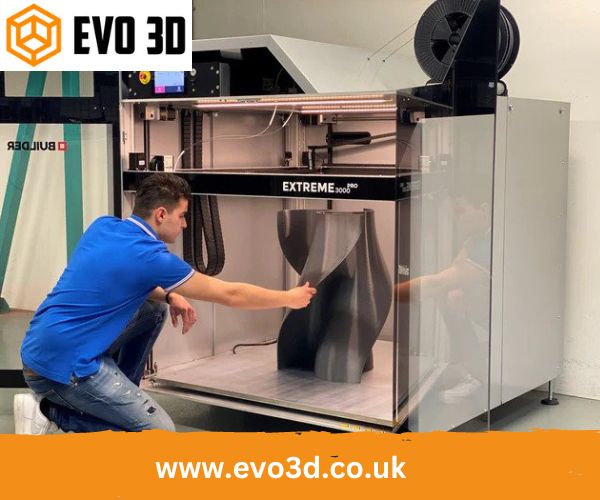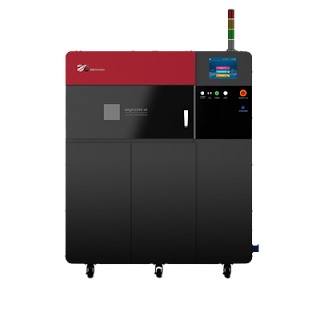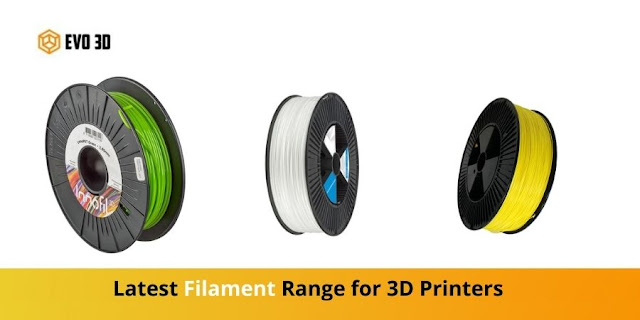5 Things to Consider When Buying a Large 3D Printer
Are you thinking about investing in a large 3D printer for Education? If so, there are a few things you need to keep in mind to get the most out of your purchase.
A large 3D printer will allow you to print parts one at a time, so you won’t have to piece them together later like you would with a smaller printer.
On the other hand, the huge printer will take up a lot of space with all its electrical needs, so you’ll need to figure out where you’re going to put it.
Well, you know that not only are large format printers great for businesses, but they can also be a game-changer for schools and educational facilities. In today’s blog, we’ll look at some of the methods that large format printers can help schools, from creating eye-catching posters to providing memorable hands-on learning experiences. Here are a few things to consider when buying a 3D printer for education.
Things You Should Consider When Buying a Large 3D Printer
Application - When purchasing a large 3D printer, the first thing you should think about is what type of 3D print you want to do and why. Once you understand this basic question, you will be able to see the advantages of large-format printing. Prototypes that will be 3D printed should be functional for the form and fit test or more for design approval. If tooling is being used, where should the production line be used or for the CMM inspection?
When it comes to end-use 3D printing, what type of environment and tolerances do you need?
Materials - When comparing materials before printing, you’ll need to decide whether your system is a closed system or an open system. A closed system means that some printer manufacturers supply materials that must be used in their system to restrict your options. For example, if you have a closed system, you must use that printer's material. On the other hand, if you have an open system, you are free to use any material according to the printer's specifications. This gives you the freedom to buy any material you want. So, whether you choose to stick with a supplier or buy materials from outside, it's up to you.
Software - Each equipment manufacturer has their software package that will configure the part to build and slice, but some are open source so you can select your software package. So, make sure you know the software package of the system that you’re running because most require a lot of knowledge to run and some require just a plug-in. Ask the manufacturer to provide you with training before you purchase any type of printer. With the help of your support staff, figure out the best settings, part orientation and material to print the parts you’re trying to print so that warping can be avoided or eliminated.
Local Support - When you’ve decided to invest in a high-end printer, you can’t do without local support. It’s important to get your printer up and running as soon as possible. Look for a company that offers 24/7 technical support with every purchase.
Area - Since large format 3D printers are large, you may need a climate-controlled room to install one. Depending on where the printer will be installed, you will need to analyse the humidity level of the environment or the material that you will be printing on. Finally, many 3D printers require high electrical output, so choose your 3D printer accordingly.
In conclusion,
If you are looking for a large-format printer, you can work with a reputable 3D printing company to help you find the most cost-effective and affordable large-format printer to meet your requirements and your school's budget.





Comments
Post a Comment